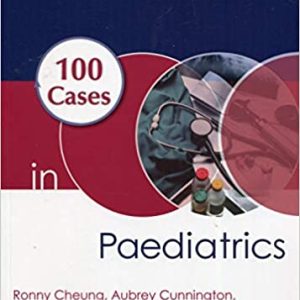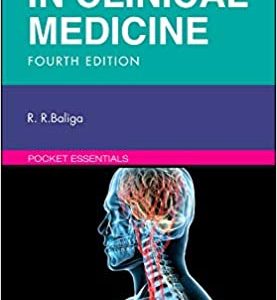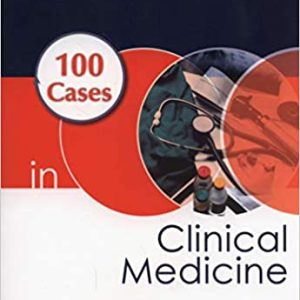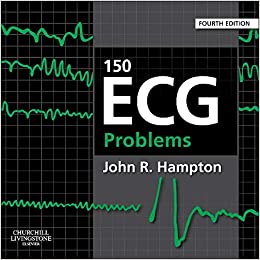Description
Medical terminology is a system of words used to describe the human body, its conditions, processes, treatments, and procedures. It is typically derived from Latin and Greek, and is structured to allow healthcare professionals to communicate clearly and efficiently. Here’s a basic breakdown of key components:
### 1. **Roots**
Roots are the foundational parts of medical terms. They often indicate the body part or system involved.
– **Cardi** – heart
– **Nephro** – kidney
– **Gastro** – stomach
– **Hemo** – blood
– **Derm** – skin
– **Osteo** – bone
– **Neuro** – nerve
### 2. **Prefixes**
A prefix is added at the beginning of a word to modify its meaning, often indicating location, number, or time.
– **Hyper-** – above, excessive (e.g., *hypertension* – high blood pressure)
– **Hypo-** – below, deficient (e.g., *hypoglycemia* – low blood sugar)
– **Brady-** – slow (e.g., *bradycardia* – slow heart rate)
– **Tachy-** – fast (e.g., *tachypnea* – rapid breathing)
– **Intra-** – within (e.g., *intravenous* – within a vein)
– **Sub-** – under, below (e.g., *subcutaneous* – under the skin)
### 3. **Suffixes**
Suffixes are added to the end of a word and often describe a condition, disease, or procedure.
– **-itis** – inflammation (e.g., *arthritis* – inflammation of the joints)
– **-ectomy** – removal (e.g., *appendectomy* – removal of the appendix)
– **-osis** – condition or disease (e.g., *cirrhosis* – liver disease)
– **-algia** – pain (e.g., *neuralgia* – nerve pain)
– **-pathy** – disease or disorder (e.g., *neuropathy* – disease of the nerves)
– **-plasty** – surgical repair (e.g., *rhinoplasty* – nose surgery)
### 4. **Combining Forms**
Combining forms are roots combined with a vowel (often “o”) to facilitate pronunciation when adding a suffix or prefix.
– **Cardi/o** – heart (e.g., *cardiomyopathy* – heart muscle disease)
– **Gastr/o** – stomach (e.g., *gastrectomy* – removal of the stomach)
– **Neur/o** – nerve (e.g., *neurology* – study of the nervous system)
### 5. **Examples of Common Medical Terms**
– **Hypertension** – high blood pressure (from *hyper-* = excessive and *tension* = pressure)
– **Pneumonia** – lung infection (from *pneumon-* = lung and *-ia* = condition)
– **Osteoarthritis** – inflammation of the bone joints (from *osteo-* = bone and *-itis* = inflammation)
– **Dermatitis** – skin inflammation (from *derm-* = skin and *-itis* = inflammation)
– **Hematology** – study of blood (from *hema-* = blood and *-logy* = study of)
### 6. **Common Abbreviations**
Healthcare providers often use abbreviations to save time:
– **BP** – blood pressure
– **HR** – heart rate
– **CBC** – complete blood count
– **ECG/EKG** – electrocardiogram
– **MRI** – magnetic resonance imaging
– **IV** – intravenous
– **PRN** – as needed (from Latin *pro re nata*)





Reviews
There are no reviews yet.